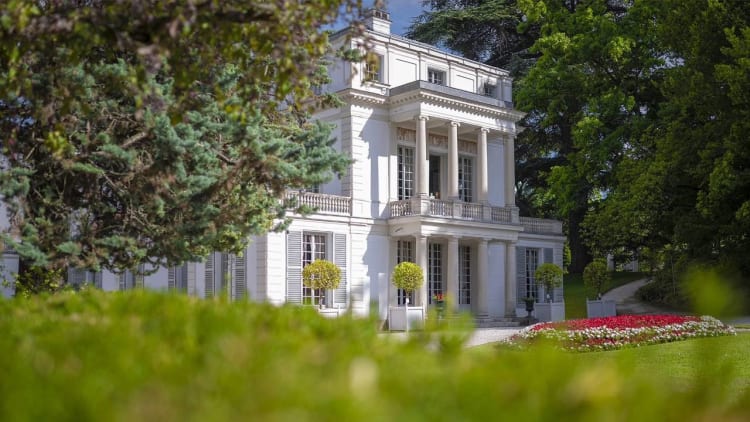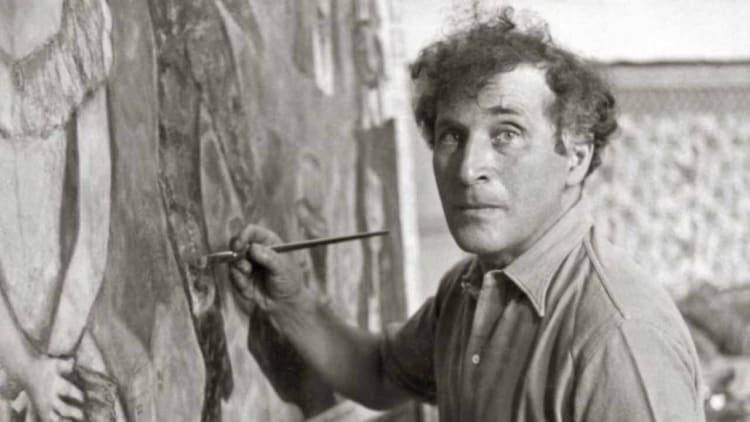France, a true showcase for art and creativity, offers enthusiasts of history and aesthetics a fascinating dive into the lives and studios of the great masters.
Among the cultural treasures scattered across France, we invite you to discover the 10 most beautiful artist's homes, places where inspiration has materialized and art has found a permanent home.

1 - Claude Monet's Clos Normand - Giverny
Located in the charming Normandy village of Giverny, Le Clos Normand, Claude Monet's home, is a real gem.
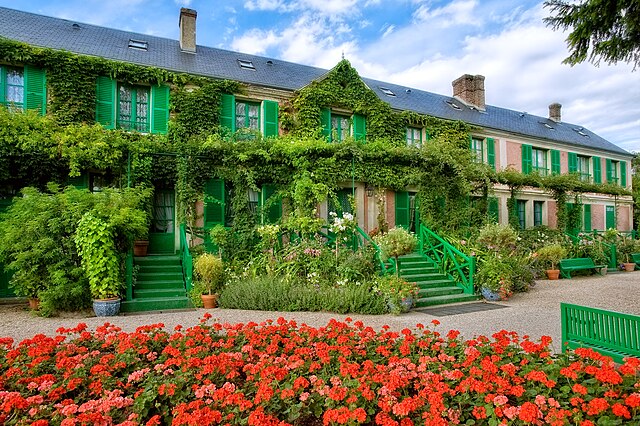
The property's gardens inspired some of Impressionism's most iconic masterpieces. The house itself reflects Monet's artistic taste, with its vivid colors and carefully preserved interior decoration.
2 - Leonardo da Vinci's Château du Clos Lucé - Amboise
Built in the 12th century, Le Clos Lucé was the last home of Leonardo da Vinci, invited by the French king François I in 1516. As a residence for Renaissance artists, he refined works such as La Joconde.
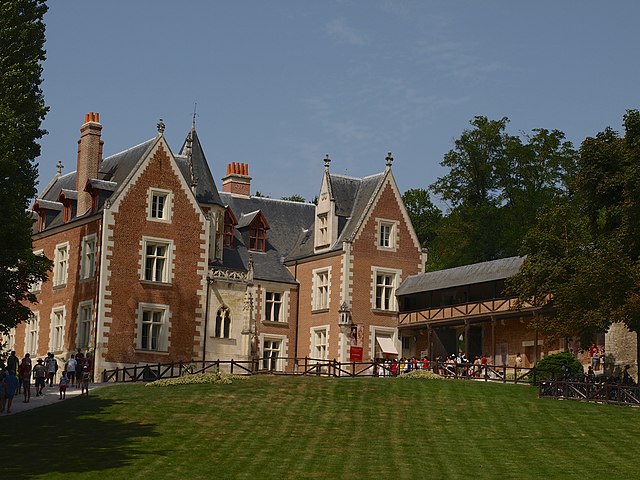
The tour offers a glimpse of his creations commissioned by the French king, with spaces such as his bedroom, workshop, cabinet of curiosities and period kitchen. Models of his inventions, a chapel decorated by his disciples and an introductory tour of the park complete the experience.
3 - Gustave Moreau's house - Paris
Nestled in the heart of Paris's 9th arrondissement, the Maison de Gustave Moreau offers an immersive insight into the unique world of the 19th-century Symbolist master.

Each room of the house, preserved as it was at the time of the artist's death, reveals sketches, paintings and personal objects that transport visitors back to the time when Moreau's inspiration was taking shape.
4 - Gustave Caillebotte's house - Yerres
Located in the peaceful Paris suburb of Yerres, Gustave Caillebotte's house offers a bucolic escape into the life of the Impressionist painter.
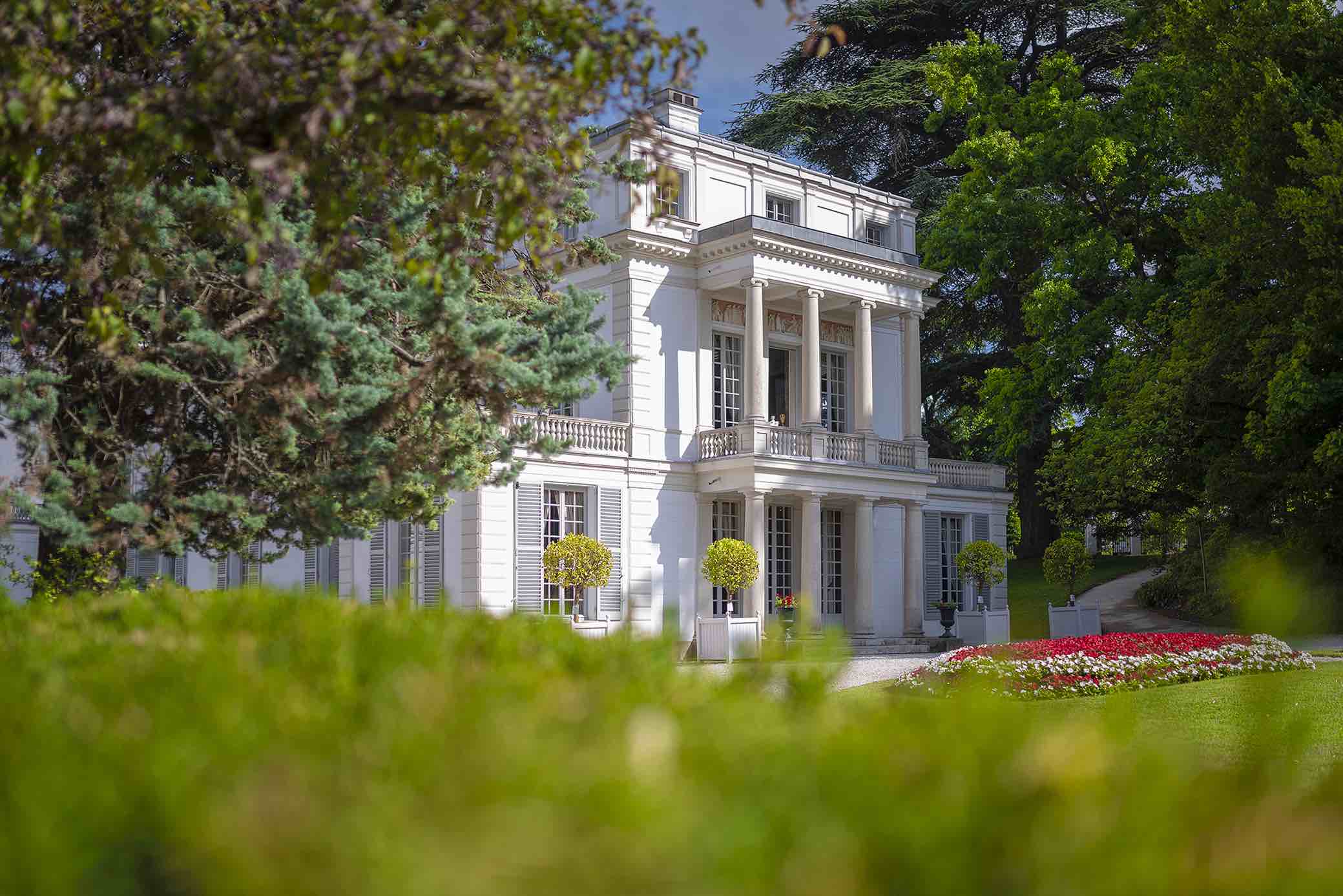
Surrounded by a romantic park, the residence features original works by Caillebotte, as well as period furniture evoking the refinement of his era. Visitors can stroll through the gardens that inspired some of his most famous paintings.
5 - Vincent van Gogh's Auberge Ravoux - Auvers-sur-Oise
Auvers-sur-Oise is home to the Auberge Ravoux, Vincent van Gogh's last residence, where the post-impressionist master created some of his most famous works.
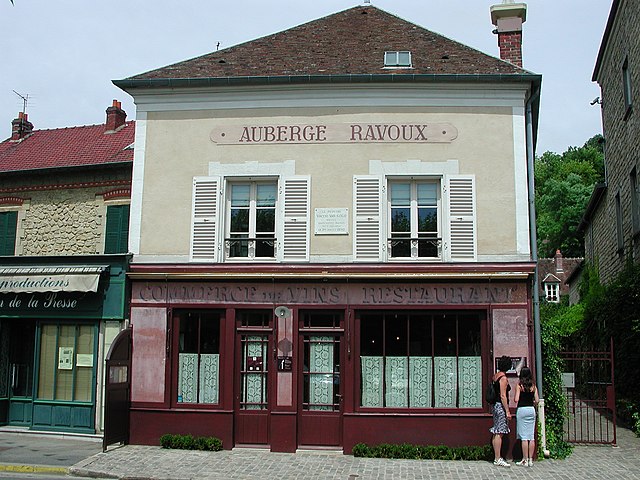
Visitors can explore van Gogh's studio and some of the peaceful landscapes that influenced his paintings.
6 - Eugène Delacroix's house - Paris
"The sight of my little garden and the laughing aspect of my studio always cause me a feeling of pleasure." Eugène Delacroix
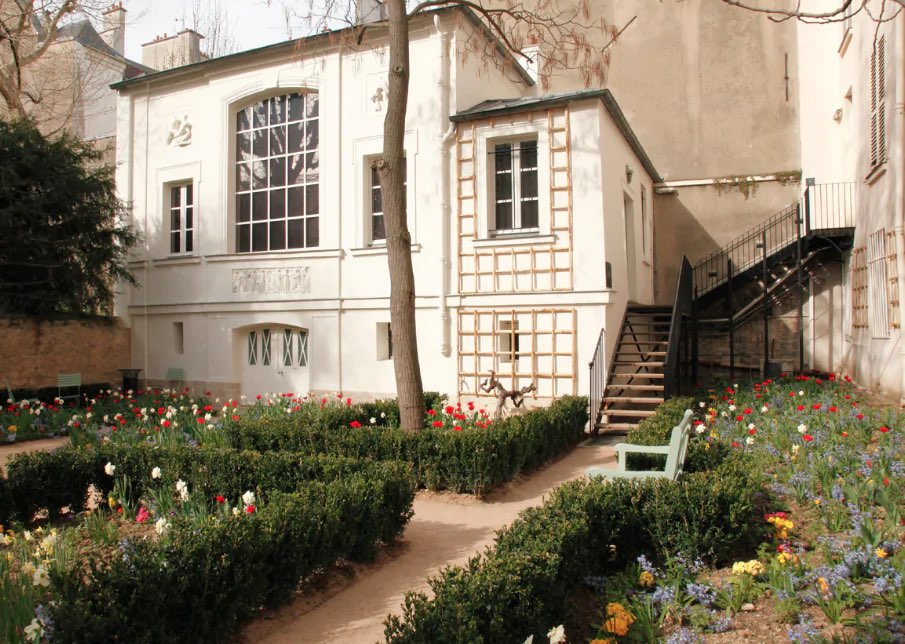
Located on Place Furstenberg in the Saint-Germain-des-Prés district, Eugène Delacroix's house offers a journey into his romantic world. It was the painter's last home before his death in 1863.
7 - Pierre-Auguste Renoir's Domaine des Collettes - Cagnes-sur-Mer
Pierre-Auguste Renoir's home in Cagnes-sur-Mer offers a sunny escape into the life of the famous Impressionist painter.
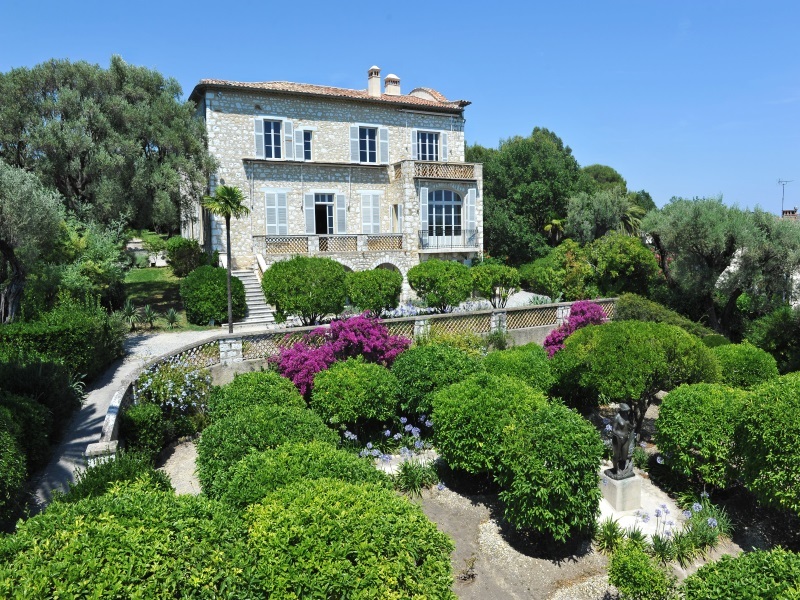
Visitors can stroll through the Mediterranean gardens and admire the works on display in the house where Renoir lived and worked from 1908 until his death in 1919.
8 - Camille Claudel's house - Nogent-sur-Seine
Camille Claudel's house in Nogent-sur-Seine pays tribute to the talented sculptress.
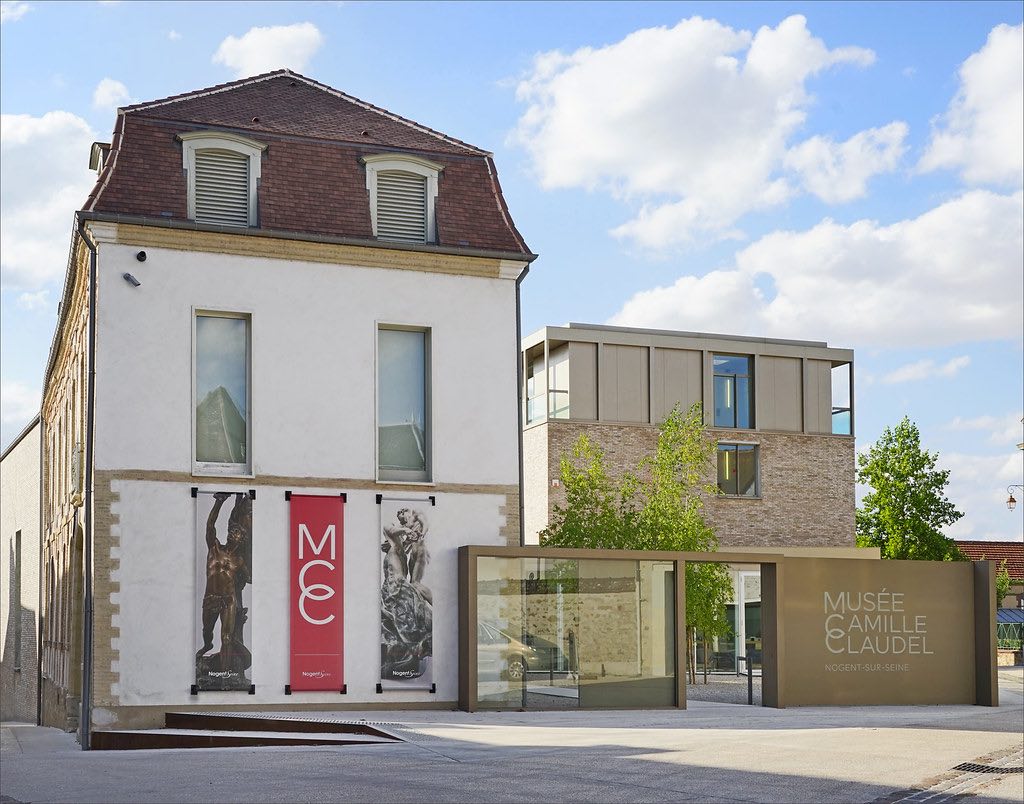
The studio preserves the essence of his creative genius, offering visitors a glimpse of his work and his influence on the world of sculpture.
9 - Auguste Rodin's Villa des Brillants - Meudon
Rodin's home in Meudon offers an intimate look at the life of the famous sculptor Auguste Rodin.
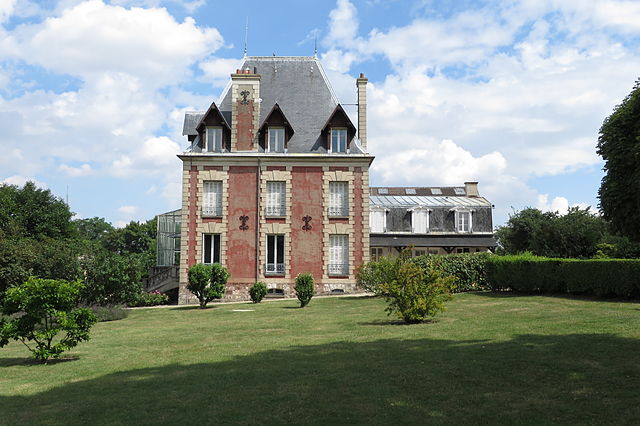
The gardens surrounding the mansion feature some of his iconic sculptures.
10 - Jean Cocteau's Maison du Bailli - Milly-la-Forêt
Acquired by Jean Cocteau and his life companion Jean Marais in 1947, the Maison du Bailli is a 17th-century bourgeois country residence.
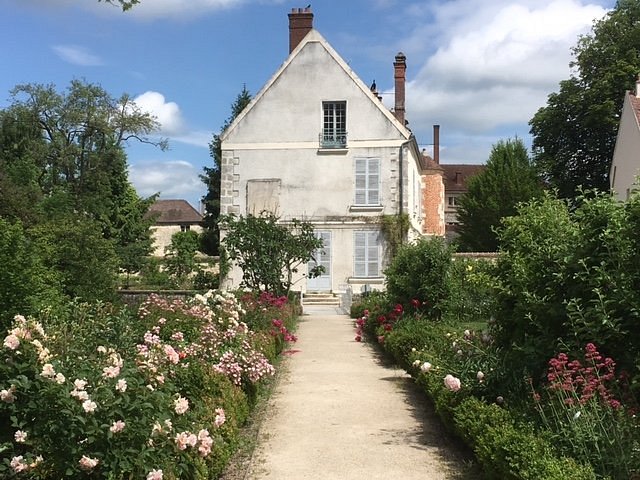
This house in the commune of Milly-la-Forêt celebrates the artist's multidisciplinary work.
By discovering these remarkable artist's homes, visitors can not only appreciate the architectural beauty, but also capture the essence of the inspiration behind some of the most influential works of art in history.
Each home is an open window on the past, an invitation to journey into the creative minds of those who shaped the French artistic landscape.

